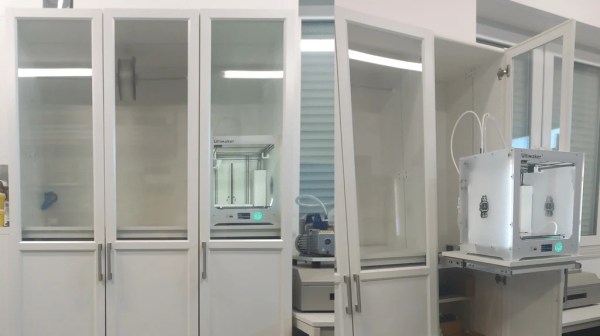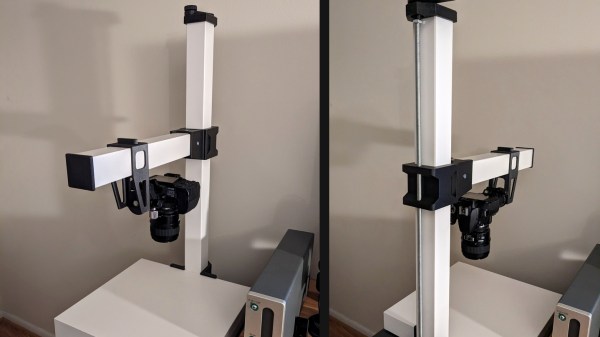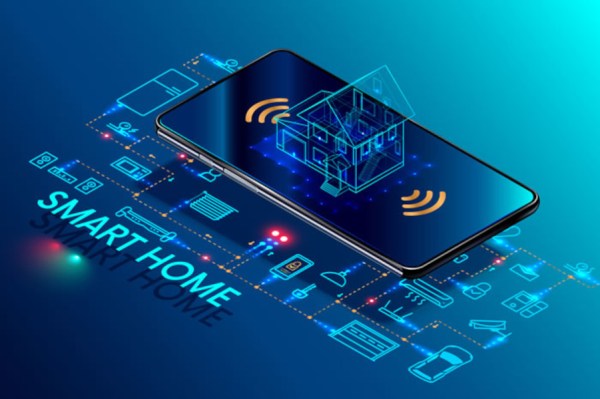Imagine you want to monitor a pot on the stove to see if it’s boiling over for just a few minutes, but you don’t want to have a dedicated permanent IP webcam solution in your kitchen. [Sebastian Duell]’s FlyingCam hijacks an IKEA lamp gooseneck to become something you never knew you needed: a wireless camera for short-term random remote observation. It’s a beautiful combination of 3D printing and commercial device re-use, and when paired with his DIY wireless screen, it’s a complete solution.
The guts of this project aren’t critical, or expensive. It’s built around one of those ESP32 single-board webcams, with an added fan, battery pack, antenna, and a power switch. You turn it on, and the AP in the ESP32 fires up, or optionally connects to your network. Point the camera at your target and you’re set, at least if you want to sit by your computer. But [Sebastian] also designed a nice simple remote screen, so you can keep tabs on your spaghetti wherever you roam around the house.
We love the attention to keeping the design simple here, both in form and in function. It’s a one-task device, so it’s important that it be extremely easy to use, and it’s hard to beat just pointing the thing and turning on a switch. And it doesn’t hurt that it’s good looking to boot.
IKEA stuff is cheap and cheerful, but often it’s missing just that one functionality that we want. What good is an air-quality sensor without MQTT logging capability, for instance? Or a standing desk that can’t remember set heights? Get hacking!



















